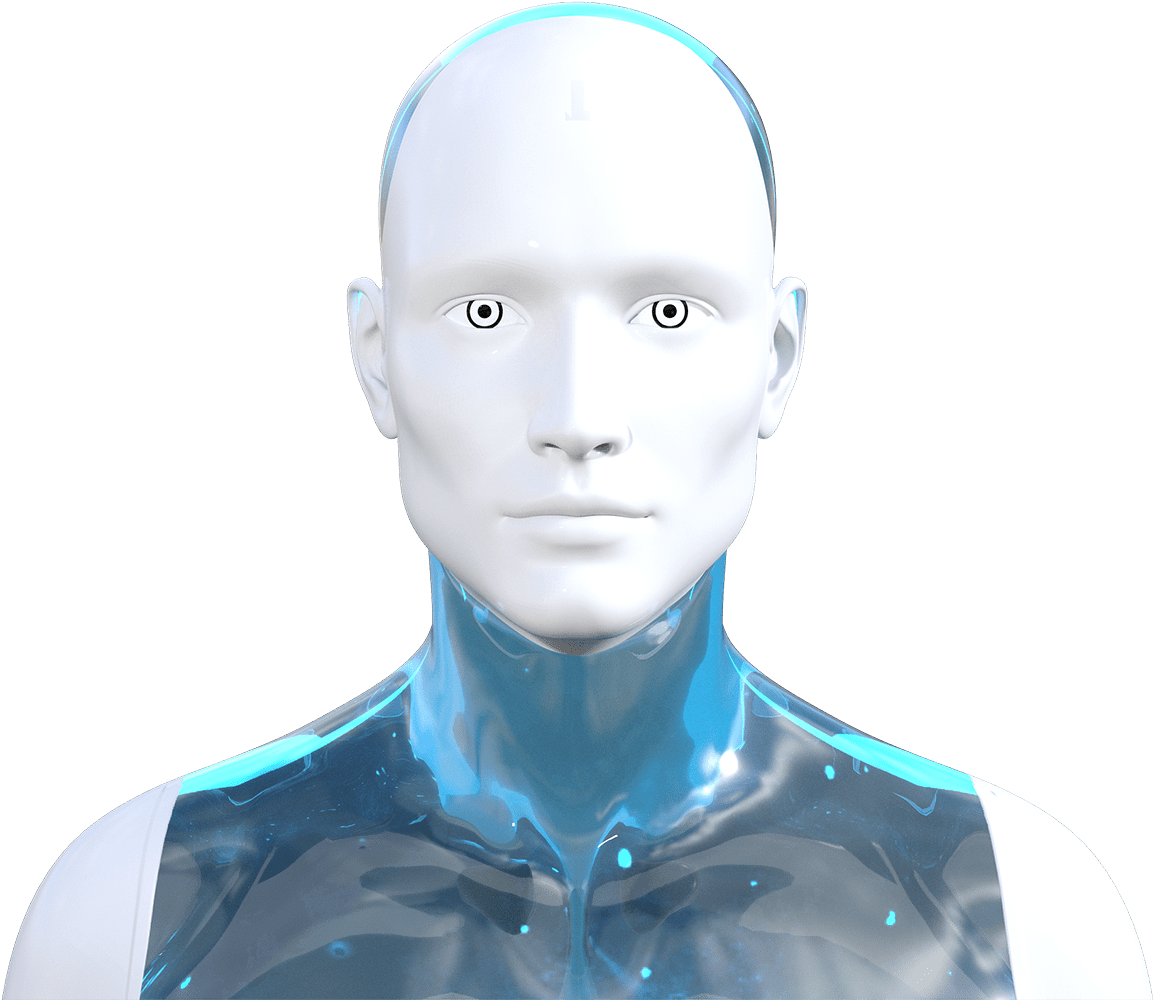Our Projects


In the face of rising demand for medical efficiency and global healthcare resource shortages, the Anna AI Medical Diagnostic System emerges as a transformative force. At its core is Anna, a virtual intelligence developed through the integration of a Ph.D.-level background in both medicine and artificial intelligence. Around her is a coordinated matrix of specialized AI subsystems that simulate the collaboration of a multidisciplinary team of doctors, offering efficient and precise diagnostic support to patients.
What sets Anna apart is its “AI team-based” architecture. Unlike conventional single-model AI systems, Anna is composed of multiple specialized engines, each trained for a distinct medical discipline, including Internal Medicine, Surgery, Cardiology, Neurology, Pulmonology, Gastroenterology, Urology, Immunology, Endocrinology, and more.
Each AI module has been developed using large-scale, real-world clinical data and mirrors the decision-making pathways of experienced physicians. These subsystems don’t operate in isolation—they collaborate intelligently. For instance, when analyzing a symptom like chest pain, Anna invokes multiple relevant modules (Cardiology, Pulmonology, Neurology) to conduct a cross-disciplinary analysis and provide a synthesized, well-rounded diagnostic recommendation.
Anna is more than just a tool—it represents a pivotal step in the evolution of AI from experimental systems to practical clinical assets. It enhances the patient experience with faster, more accurate insights, supports doctors by reducing cognitive load, and empowers hospitals with scalable, intelligent medical solutions.
As AI continues to advance, Anna is steadily moving toward a fully autonomous and open medical ecosystem—becoming a true embodiment of the intelligent medical team of the future.